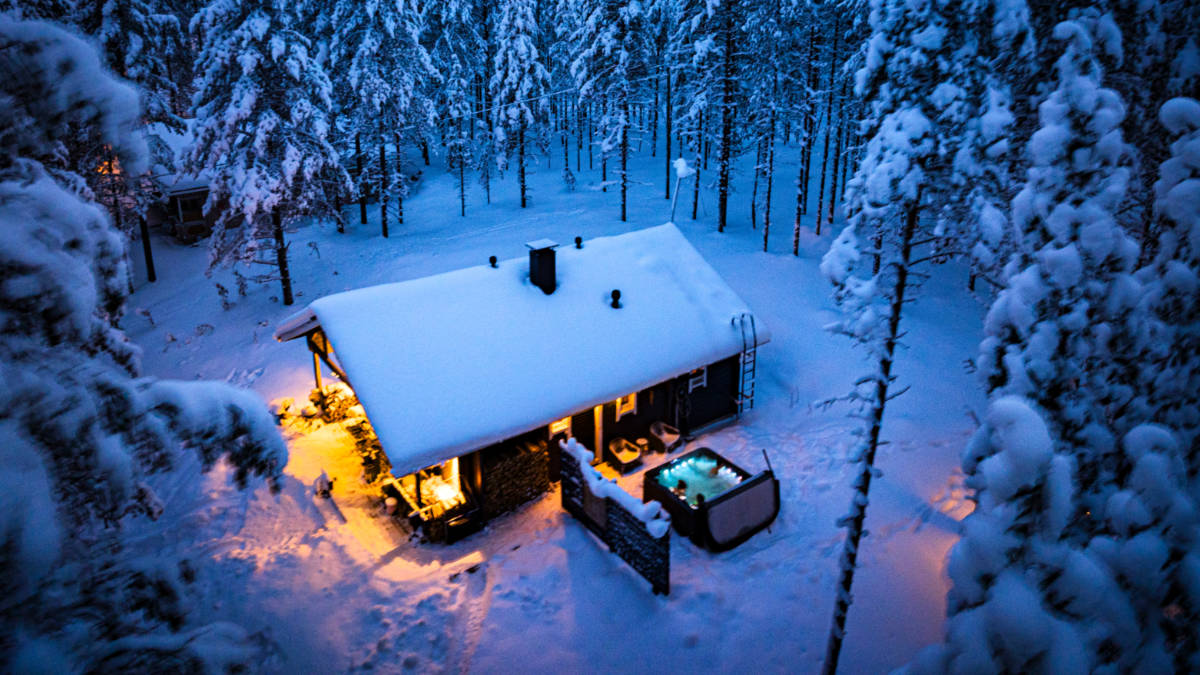Forget Italy, here’s where wealthy Australians are holidaying instead

Pic: Getty Images
The era of great wealth transfer is seeing affluent travellers abandon Italy for less-traversed luxury destinations, a new report reveals.

That revealing nugget is one of many in a new survey by Virtuoso, the leading international network for luxury and experiential travel. Its 2026 Virtuoso Luxe Report taps into the collective knowledge of agency members and travel advisers across 58 countries.
The group shared its local findings exclusively with The Australian before the report’s release this week.
“Australia is the only region in the world where Italy has been dethroned from the No.1 position,” Virtuoso vice-president of global public relations Misty Belles says in a video call from Washington, DC.
Tokyo and Kyoto also have emerged as the top two most in-demand cities.
“Australians were ahead of the game in terms of their appreciation for Japan,” Belles says, pointing to that nation’s singular culinary, cultural and natural attractions.

Based on interviews with more than 300 Virtuoso luxury travel advisers in Australia and New Zealand, the findings indicate consumer sentiment for the year ahead is looking rosy.
Clearly, a favourable exchange rate has helped to nudge Japan into the top spot – even wealthy travellers appreciate value for money. But it’s not as though they have sworn off visiting Europe: Greece, Croatia, Spain and France all remain in the top 10 ranking.
High-season hotel rates at the most desirable European boltholes – from Santorini to Sardinia – are upwards of $2000 a night. Yet that doesn’t appear to be denting the enthusiasm of these jetsetters. When it comes to leisure travel, 63 per cent of advisers predict that client spend will increase in 2026.
“It’s a universal view among high-net-worth and ultra-high-net-worth individuals that they will continue to travel,” Belles says. “They are less susceptible to geopolitical situations, news cycles and economic fluctuation.”
This year, less-traversed destinations including Portugal, Turkey, Malta and Sri Lanka rated higher than before among local travel intenders, while under-the-radar spots such as Albania and Slovenia also are tracking.
Belles attributes these shifts to the curse of overtourism.
“As people started looking beyond Italy they looked at Croatia, and that became incredibly popular too,” she says. “So now we are exploring alternatives to Croatia.”
Aside from cherry blossom fever, well-to-do antipodean travellers differ from their global counterparts in another way: they travel for infinitely longer. Australians think nothing of wrapping up several cities, regions and modes of transport – planes, trains and luxury cruise ships – in one chockablock excursion. “It’s becoming a focus where advisers are planning trips within a trip,” Belles says.

Virtuoso’s Sydney-based senior vice-president of global operations Michael Londregan corroborates that finding.
“In Australia we have that discerning client who says: ‘I am going from Budapest to Bucharest on a river cruise, then I’ll rent a villa in Puglia, followed by an ocean cruise’ – and all on the one trip,” he says. “This is a unique trait of Australian travellers.”
What’s more, some of them are inclined to take the whole extended family with them.
“Aussies travel together more often,” Londregan says. “We talk about this transfer of wealth in housing, but we see it in travel, too. We see grandparents taking their grandchildren to Africa, with or without their parents, and also friends regularly travelling together.”
Another trend stemming from the Luxe Report is the rise of expedition cruising in far-flung places and cosplaying as Sir Ernest Shackleton. Australians are among its most enthusiastic adherents.
“It’s the three As – the Arctic, Antarctica and Alaska,” Belles says. “What these places have in common is they are remote, pristine and cold-weather destinations that continue to be popular.”
Plus sailing on a small polished vessel with only 300 guests feels rarefied and secluded.
“The number of penguins in Antarctica will far outnumber the people.”
Making memories seemingly has replaced acquiring more things.
“Clients are chasing unforgettable moments,” one travel adviser says in the report. “There is this quest to have a transformative experience,” Belles confirms. “‘I want to come back differently, otherwise I could have stayed home’.”
That could mean plugging into a leading-edge wellness retreat in Mexico, signing up for the New York City Marathon or enlisting in a walking safari in Zambia.
“It’s looking for this incredible experience that can change your perspective on the world, on who you are, and travel has the capacity to do that,” Belles says.
Another travel adviser in the report highlights the desire for venturing to “exotic” locales. “Many people have ‘done’ Europe and the US and are now looking to go somewhere different,” the agent says. But perhaps not too different. Security, familiarity and insurance coverage are still vital for these Australian sojourners.
“They’re not considering places without infrastructure or too far out of their comfort zones,” Belles says.

Echoing general travel trends, the US has slipped from the viewfinders of these inveterate globetrotters – at least for now.
“Canada is popping up where it wasn’t before,” Belles says. Is the land of ice hockey, maple syrup and vaunted politeness seen as an alternative to the US? “That could be the case,” she says.
Londregan, though, doesn’t completely rule out the US.
“I know so many people planning to ski Colorado this year or have their family holiday in Hawaii,” he says. “Sophisticated travellers are not as led by the headlines as the mass market.”
If you think AI chatbots soon will be replacing travel professionals, think again.
At the annual Virtuoso Travel Week in Las Vegas in August, the group delved into how the industry was harnessing smart technology to enhance, rather than replace, human connection. It also presented findings that millions of high-net-worth individuals across all global markets planned to use a travel adviser – even digitally savvy Gen Zers and Millennials.
“There are two things that stop people from making decisions: no information and too much information,” Londregan says. “Gen Z sees value in expertise because they can narrow down the information they have to make a comfortable decision.”
According to Virtuoso’s research, younger cohorts have a different mindset to their elders. When they travel, they are more attuned to authenticity, cultural sensitivity and stealth wealth.
“It’s cool to tell people you’re learning something, but maybe not to say you’re living a life of opulence,” Londregan says.
So that private aircraft charter from Paris to Nice may not make it to Instagram.
This article first appeared in The Australian as Forget Italy, here’s where wealthy Australians are holidaying instead
Related Topics
UNLOCK INSIGHTS
Discover the untold stories of emerging ASX stocks.
Daily news and expert analysis, it's free to subscribe.
By proceeding, you confirm you understand that we handle personal information in accordance with our Privacy Policy.








